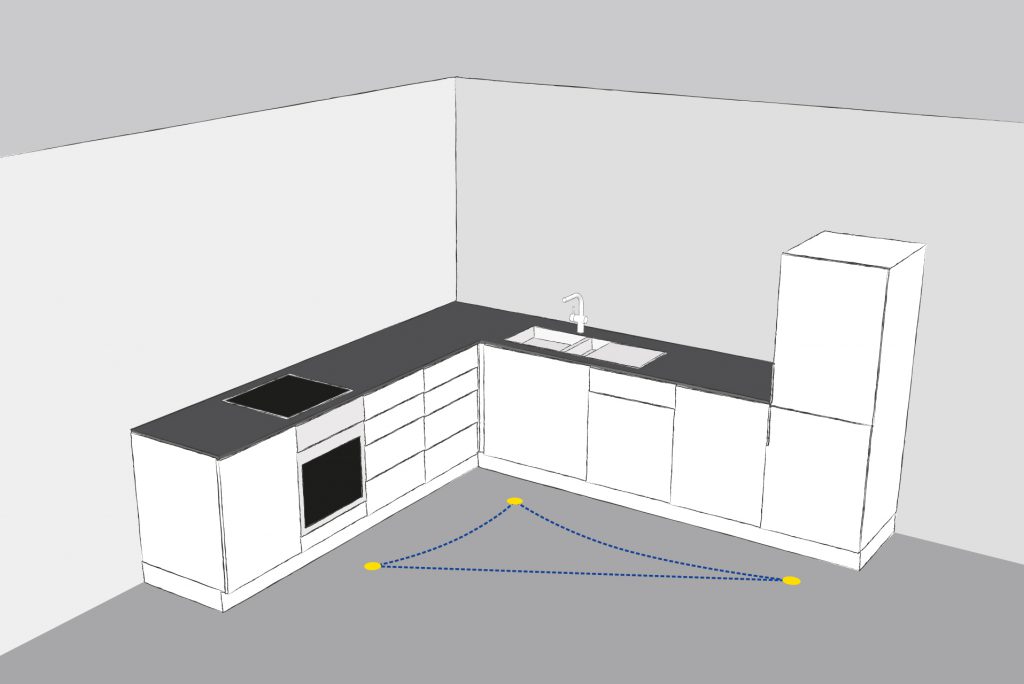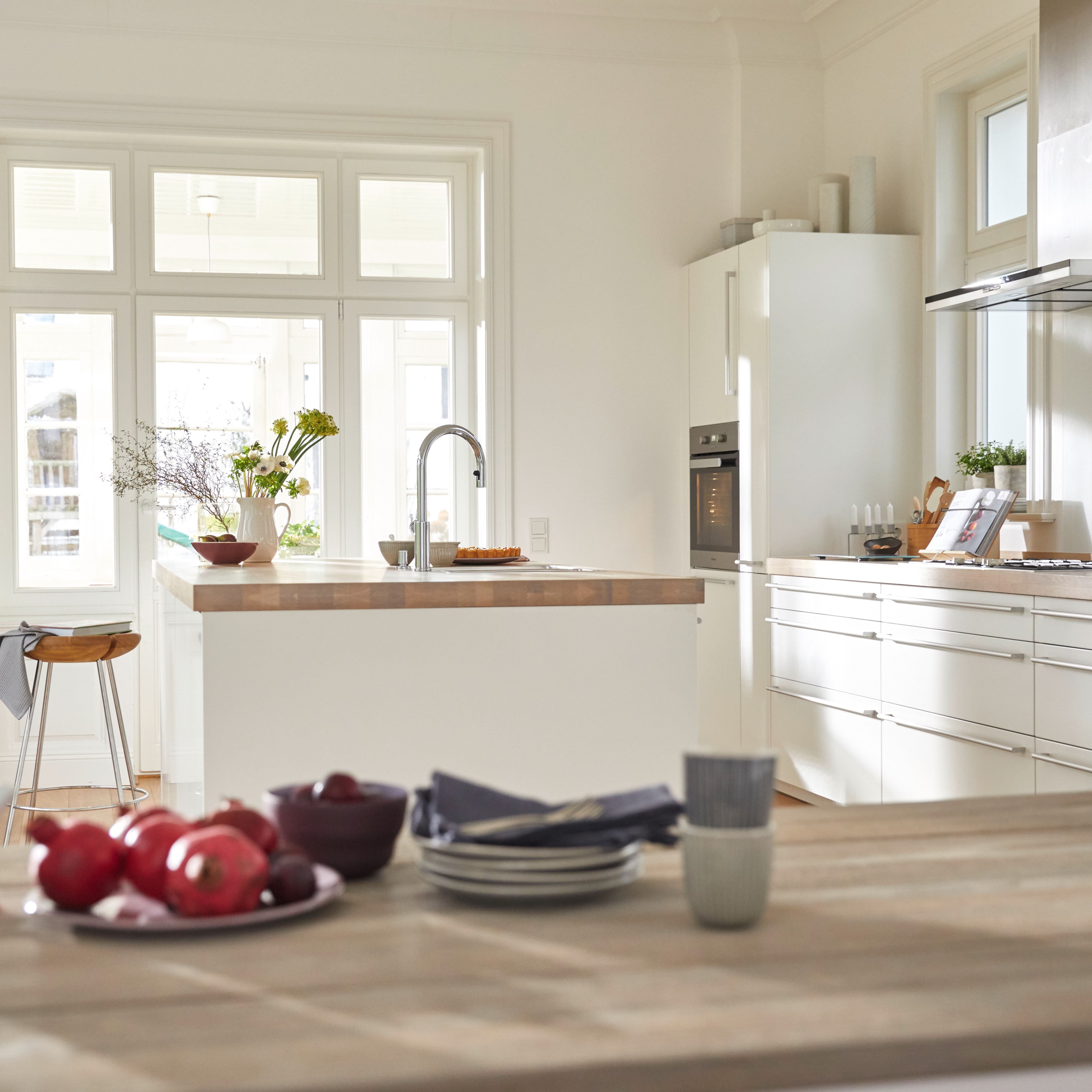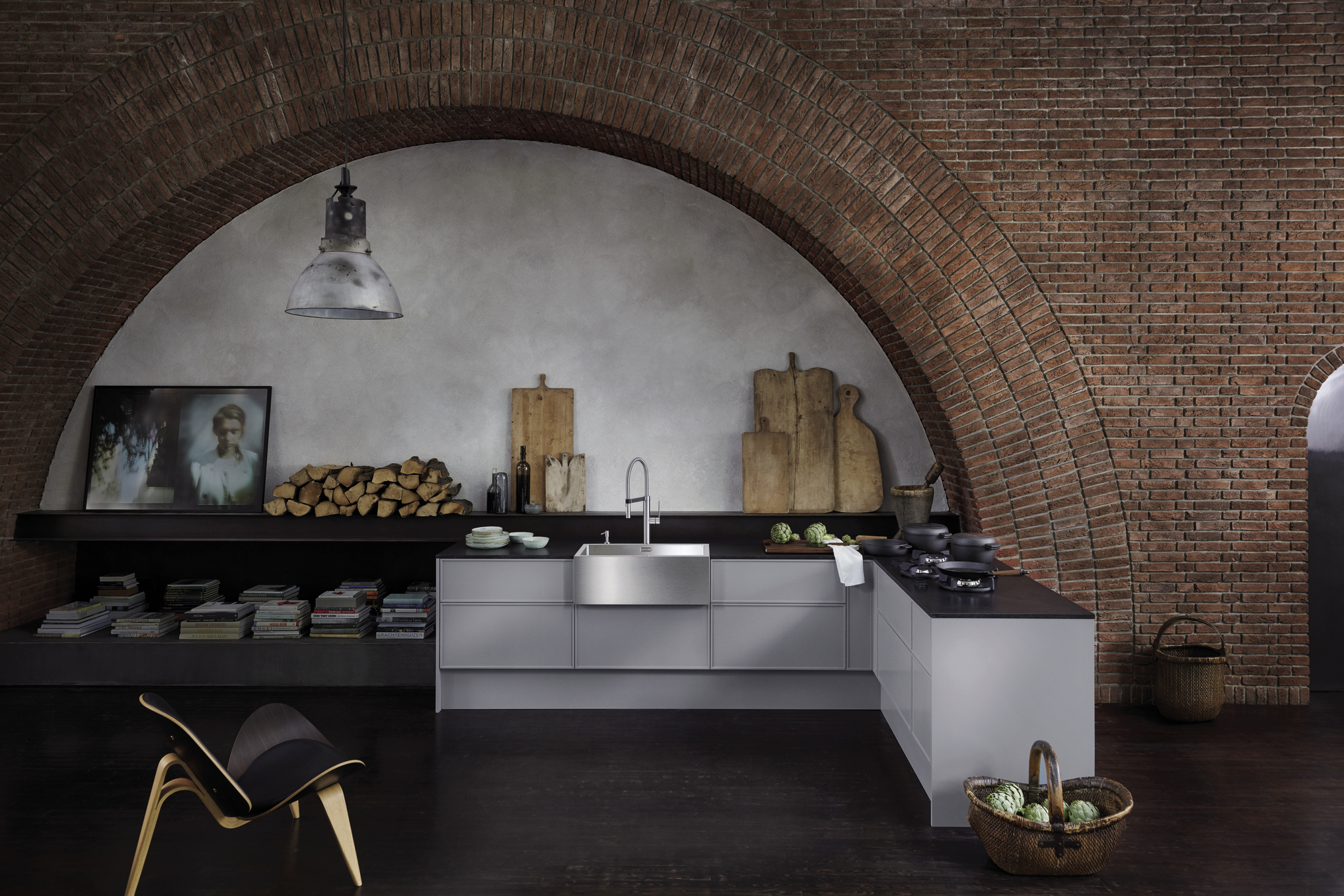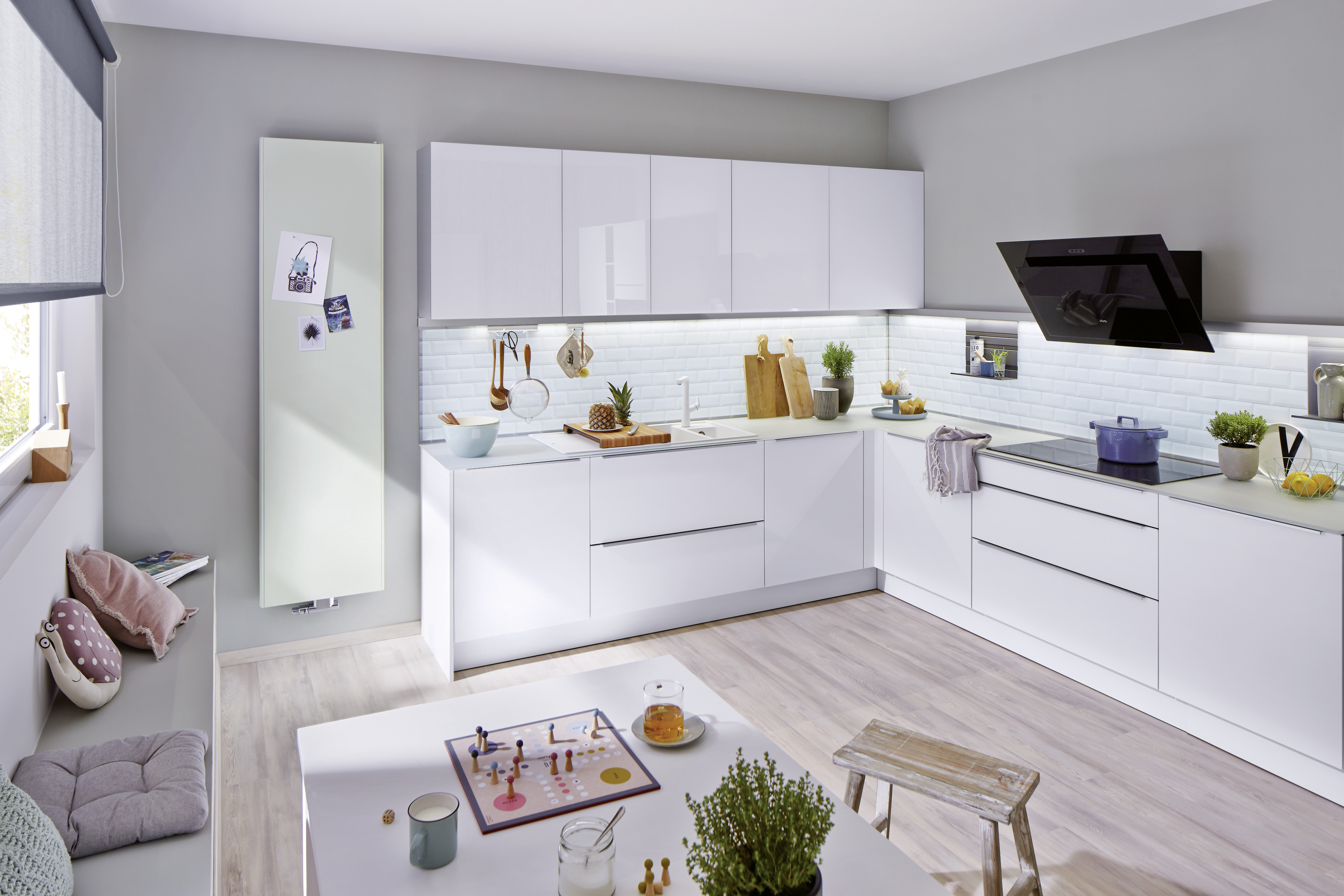A kitchen where everything works for left-handers
The kitchen is the heart of the home. This is where people come to eat, chat and cook. We spend a lot of our precious time here. It goes without saying that a lot of thought needs to go into planning it! Issues of ergonomics extend to many aspects of kitchen planning, so as to adapt your kitchen to your individual requirements. The important thing is that you like the kitchen and that everything works smoothly, even for left-handers.

Configuring workstations to suit left-handed users
It order to create a functional kitchen, you should be clear at the planning stage who is actually going to be chopping, cooking and cleaning up in there. Do you often work on your own or are there several people working in the kitchen at a time, so that you need a left-handed or right-handed kitchen, or perhaps a compromise? Refrigerator, dishwasher, sink and cooker. Where should the appliances ideally be positioned, and in what order? A right-to-left layout makes sense for left-handers, while for right-handers it’s the other way around. Left-handed people are in the minority. Yet for around twelve per cent of all Germans, being left-handed is a factor in ergonomic kitchen planning that should not be underestimated.
Greater safety using your stronger arm
If a left-hander moves into a home with a fitted kitchen, ultimately they’ll want to be able to rearrange the existing layout. Proper planning is recommended in the interest of safety: after all, left-handers are said to have more household accidents than right-handers, although this has not been proven.On closer inspection, however, it soon becomes clear that left-handers are at a disadvantage when handling household objects designed for right-handers. Lifting heavy objects out of a cabinet that opens on the left due to the attachment of the door hinges leads to the person gripping things with their right hand. This is a left-hander’s weaker arm. Ideally, therefore, the set-up should be reversed so that they can open the door with their right hand, leaving their left free to pick things up. Pull-out units and flaps are therefore better in households with both right- and left-handed people.
The sink for left-handers
Left-handers also tackle kitchen prep, which largely takes place near the sink, in a different way. Holding a knife in their left hand means that they handle food waste in their right. If they are then going to discard any cuttings, it’s best to have the waste bin to the left beneath the sink. This procedure means that the person will need to wash their right hand as it is coming into contact with the waste or raw food. As such, it would be helpful for the mixer tap to be set up for left-handers by putting it on the left-hand edge of the bowl or in the middle.
It is more practical for left-handers to have the sink drainer on the right-hand side of the bowl. When washing up, they hold the sponge in their left hand and place plates on the drainer with their right. Yet this surface isn’t solely used for washing up. All sorts of things are stored on the drainer, from freshly washed salad leaves to dripping wet dishes. It also makes a handy place to set down a hot baking tray. You can avoid water and heat damage to more sensitive worktops in particular by using the drainer in this way. This will benefit not only the material, but also the cook. From an ergonomic point of view, it is worthwhile planning the working steps in a deliberate way. By adjusting the sequence from right to left, you avoid constantly having to reach across yourself, which is awkward and wastes valuable time.


